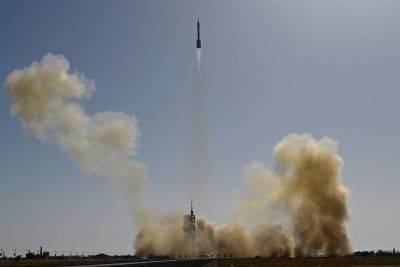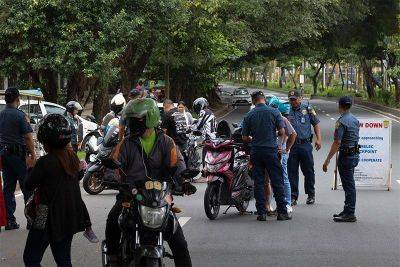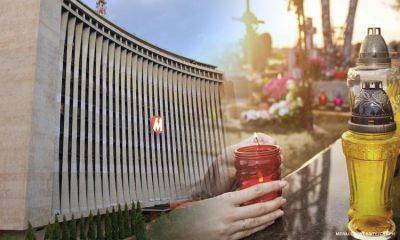Alert Level 1 up over Bulusan Volcano
THE Philippine Institute of Volcanology and Seismology (Phivolcs) on Wednesday raised the alert status of Bulusan Volcano in Sorsogon province to Level 1 due to its low-level of unrest.
In a 3 p.m. advisory, Phivolcs said the volcano recorded a sustained series of volcanic earthquakes that began on Oct. 14, 2023.
«Since then, a total of 121 volcanic earthquakes have been recorded by the Bulusan Volcano Network (BVN),» Phivolcs director Teresito «Toto» Bacolcol said.
«Of these, 37 were volcano-tectonic earthquakes that are associated with rock fracturing processes at depths of 1 to 9 kilometers beneath the northwestern and southeastern slopes of the volcano edifice,» he added.
The BVN reports also indicated a notable increase of volcanic carbon dioxide (CO2) concentrations from June to August and spring temperature had been detected in the southwestern slopes in February.
«These parameters indicate that hydrothermal activity driven by deep-seated magma degassing may be occurring beneath the volcano and may lead to steam-driven eruptions at any of its summit vents,» Bacolcol said.
From Alert Level 0 since its last eruption in June last year, the Sorsogon volcano is now under Level 1 which means that it is currently in a state of low-level unrest, the agency said.
Bacolcol said concerned local government units and the public are reminded that entry into the four-kilometer radius Permanent Danger Zone (PDZ) should be prohibited.
Also, vigilance in the two-kilometer Extended Danger Zone (EDZ) in the southeast sector must be exercised due to increased possibilities of sudden and hazardous phreatic eruptions from the summit crater and/or lateral vents, according to the Phivolcs chief.
Phivolcs said that civil aviation authorities must also advise pilots to avoid flying close to the volcano's summit as ash from any sudden phreatic eruption can be hazardous to aircraft.
Moreover, it said that residents living within the valleys and along rivers/stream channels, especially on the southeast, southwest, and northwest sectors of the edifice should be vigilant against sediment-laden stream flows and lahars in the event of heavy and prolonged rainfall should a phreatic eruption







